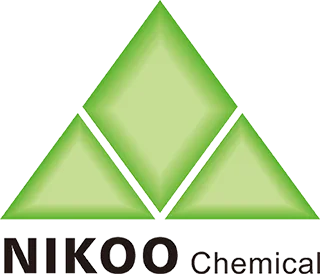Why Expensive Creams Can't Rescue Your "Fallen" Face
That sinking feeling in the mirror – the dreaded "jowls," the loss of that sharp jawline, the general sense of your face sliding south. You invest in the most luxurious, scientifically advanced, eye-wateringly expensive creams, yet the "sag" persists. Why? The answer lies in understanding what truly causes facial laxity and the fundamental limitations of topical products.
The Pillars Holding Up Your Face: More Than Skin Deep
Think of your face as a complex structure. The outermost layer is your skin. Beneath it lies the subcutaneous fat, providing volume and cushioning. Crucially, deeper still are the muscles and ligaments that act like scaffolding and support cables, anchoring the soft tissues to the underlying bone. Finally, the bone structure itself provides the foundational framework. Aging impacts all these layers:
Skin: Collagen and elastin production slows significantly. Existing fibers break down, leading to thinner, less resilient skin that doesn't "bounce back." Fat pads in the face diminish and shift downwards.
Muscles & Ligaments: Muscles can weaken and lose tone over time, especially without consistent use (like chewing tough foods less). Ligaments, the fibrous bands anchoring tissues to bone, gradually stretch and lose their tautness. This is a primary driver of deep sagging like jowls and nasolabial folds.
Bone: Facial bones naturally resorb (shrink) with age, particularly in the jaw and mid-face. This loss of underlying support means the overlying soft tissues literally have less to hold onto.
The Cream Conundrum: Surface Solutions for Deep Problems
Topical creams, no matter how expensive or packed with peptides, growth factors, or exotic extracts, primarily interact with the outermost layers of the skin (epidermis and superficial dermis). Here's what they can do well:
Improve Hydration: Plump up the very top layers, temporarily smoothing fine lines.
Enhance Barrier Function: Protect against environmental damage and moisture loss.
Boost Radiance: Exfoliate dead cells, brighten tone.
Stimulate Some Collagen: Certain ingredients (like retinoids, specific peptides) can signal skin cells to produce some new collagen within the dermis they can reach.
Here's what they fundamentally CANNOT do:
Penetrate Deep Enough: They cannot reach the subcutaneous fat pads, the facial muscles, the ligaments, or the bone. The structural support system remains untouched.
Reverse Gravity's Pull: Gravity is a constant, relentless force. Creams cannot counteract its effect on deeper tissues.
Replace Lost Volume: While some creams offer temporary plumping (via hyaluronic acid), they cannot restore the significant volume loss from fat pad depletion or bone resorption.
Tighten Loose Ligaments: The stretching of the supportive ligaments is a key anatomical cause of sagging. Creams cannot shrink or tighten these deep structures.
Significantly Lift Tissue: The mild firming sensation some creams provide is usually superficial hydration or mild inflammation, not actual lifting of descended tissues.
So, What Can Help?
Accepting the limits of creams is the first step towards effective action. Addressing significant facial sagging often requires approaches that target the deeper structures:
Professional Treatments: Radiofrequency microneedling, ultrasound (Ultherapy), and laser therapies can stimulate collagen deeper in the dermis and even reach superficial fat/tissue layers, offering more significant tightening than creams. Dermal fillers replace lost volume, providing structural support. Thread lifts physically reposition tissue. Facelift surgery directly addresses muscle, fat, and skin.
Facial Exercise & Massage: While evidence is mixed, some proponents believe targeted exercises and massage can improve muscle tone and lymphatic drainage, potentially offering subtle lifting benefits.
Lifestyle: Excellent skincare (including sunscreen!), a healthy diet rich in antioxidants and protein, adequate hydration, sufficient sleep, and avoiding smoking are crucial for overall skin health and can slow down the aging process, complementing any other treatments.
The Takeaway:
Expensive creams play a vital role in maintaining skin health, hydration, and combating superficial signs of aging like fine lines and dullness. They are essential for a good skincare regimen. However, they are not structural engineers. They cannot rebuild the deep scaffolding, replace lost volume, or counteract the fundamental forces of gravity and tissue descent that cause significant facial sagging. Understanding this empowers you to invest wisely – using excellent creams for surface health and seeking appropriate professional solutions when targeting deeper structural changes.

